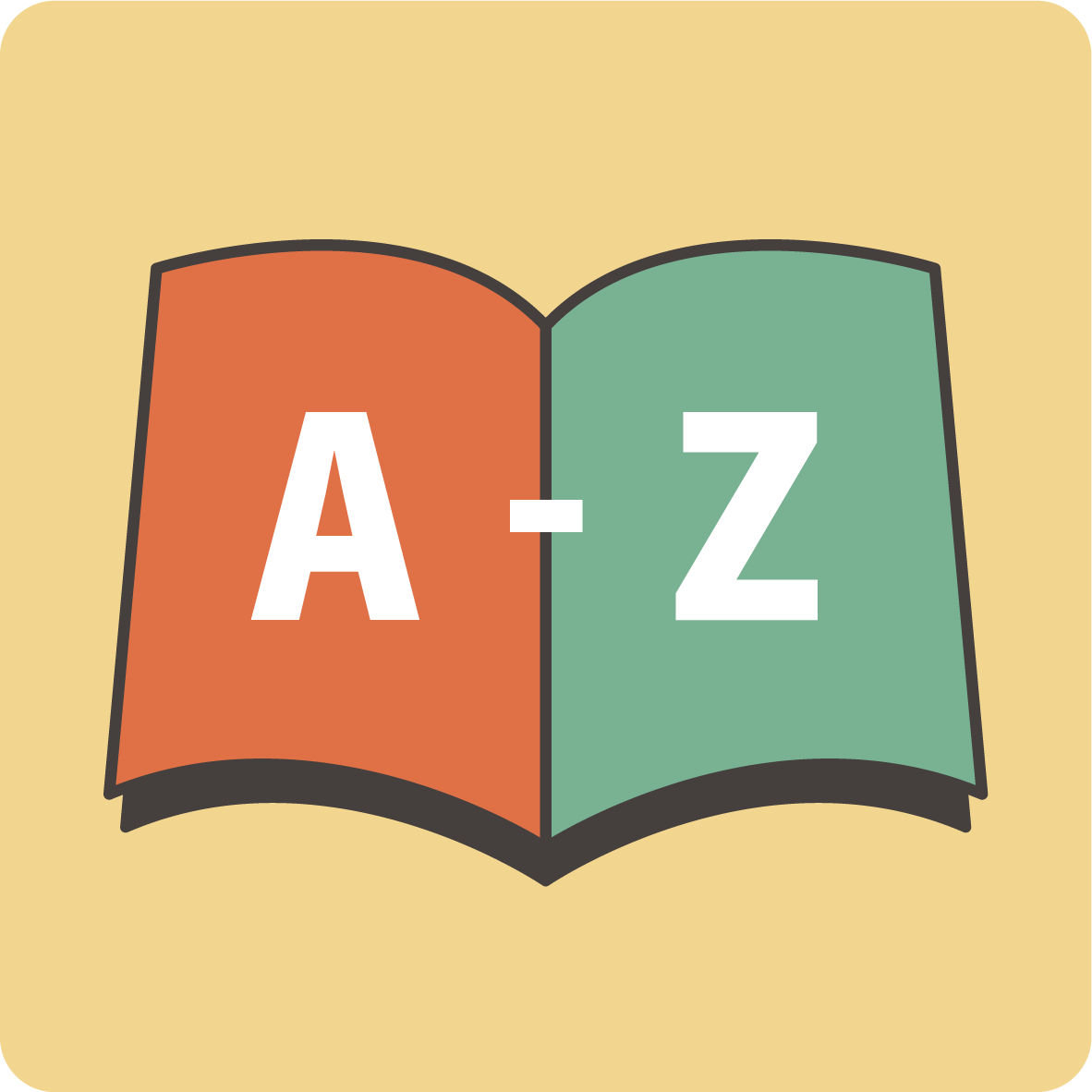
Glossary
-
Places that accept people who were away from their homes during a disaster and have difficulty returning home.
It is usually possible to stay for up to 3 days or so. They are often schools, city halls, and large buildings or facilities. -
Places at pre-designated Evacuation Centers, medical facilities, etc. where, in the event of a disaster, doctors and nurses assemble to offer emergency medical treatment.
-
A condition where blood clots in the veins as a result of sitting or lying still for a long time. It can result in death if the blood clot moves to the lungs and causes a blockage in the blood vessels.
-
To prevent a secondary disaster caused by aftershocks following an earthquake, the potential danger posed by buildings damaged by an earthquake will be assessed by an evaluator registered with the Tokyo metropolitan government.
These inspections check for safety in the short term, and do not show whether or not a building can be used long-term. They are unrelated to damage surveys needed for Disaster Victim Certificates (risai shoumeisho).
The results come in three types, stuck to the entrances etc. of buildings.
Red: It is dangerous to enter this building.
Yellow: Caution is required when entering this building.
Green: Damage to this building is minor.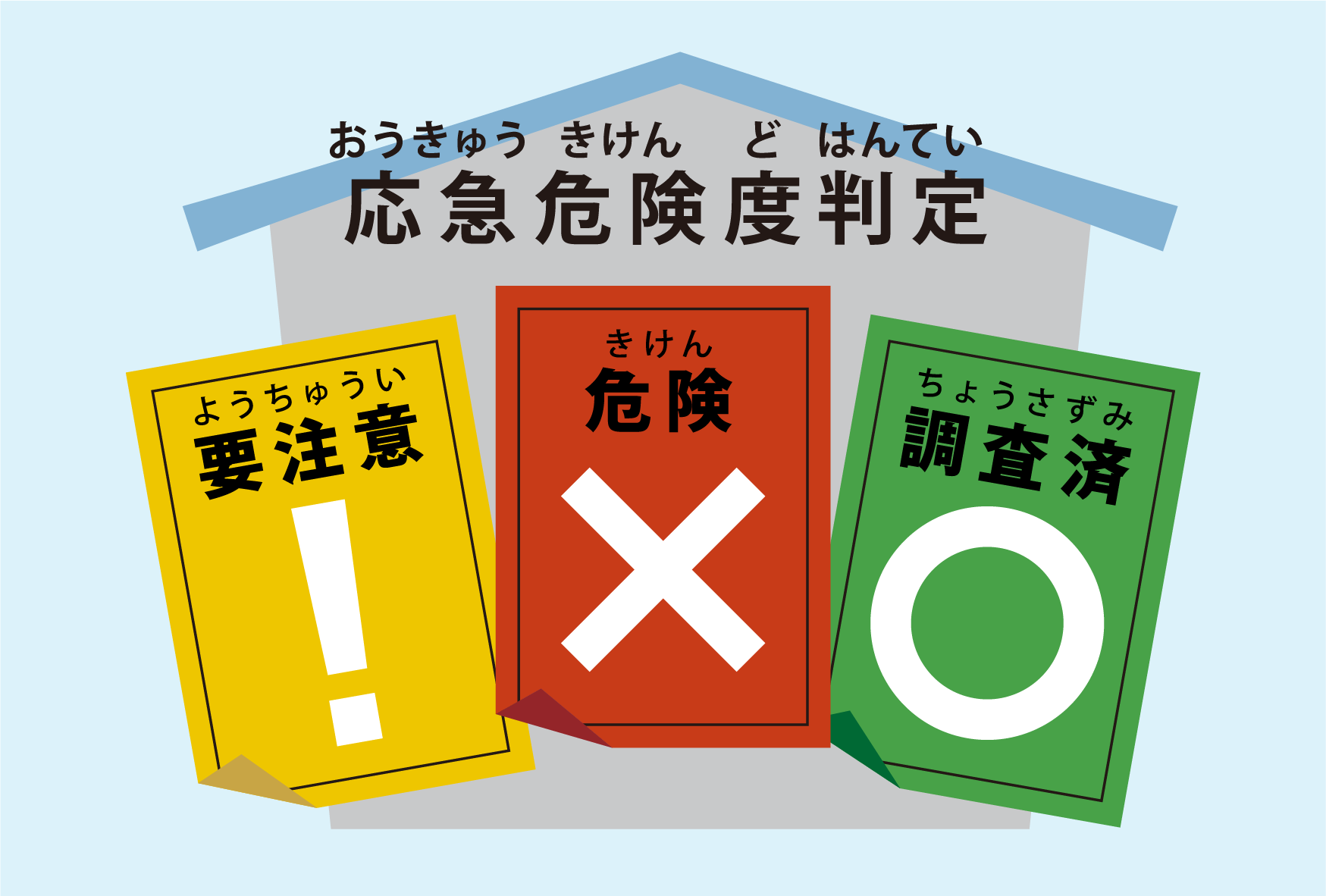
Please see the following page for more details.
■Disaster-Affected Building Emergency SafetyEvaluation System in accordance with the Tokyo Disaster Prevention Volunteer System (Bureau of Urban Development, Tokyo Metropolitan Government)
https://www.toshiseibi.metro.tokyo.lg.jp/kenchiku/bousai/kn_t08_01.htm(Japanese only)
-
Places where those who have lost their home as a result of a disaster, such as from an earthquake, fire or flooding, can live temporarily for free. Ask at the city office about applying for Temporary Housing.
-
A document issued by the city office that is required to cremate a body. A Death Notification is required in order to receive one.
-
Donations, including from the general public, given to disaster victims. Donations are handled by the city office etc.
-
Money that those who have suffered injury in a disaster, or whose home or furniture has been damaged, can borrow. Be aware that there are limits to eligibility based on income . For details, check with your local city office.
-
Waste that is generated as a result of a disaster. (e.g. broken furniture and appliances, dirty bedding and tatami mats, building debris, broken wood, etc.)
Disaster Waste is disposed of differently from ordinary garbage. It is usually gathered at temporary drop-off areas in parks or empty lots. Check with the city office about how to dispose of Disaster Waste.
For details, check with your local city office.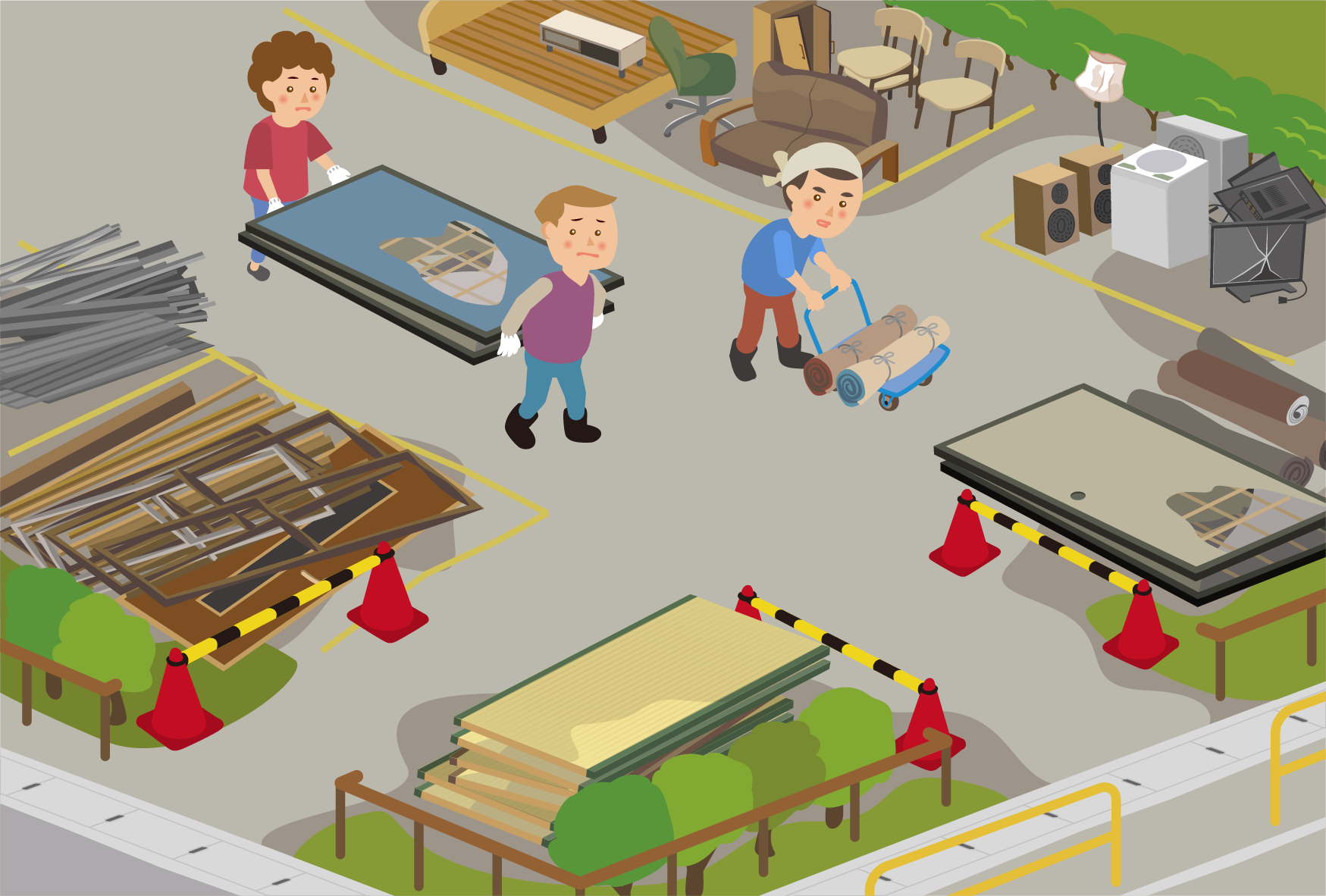
-
Places where people returning home on foot after a disaster can receive tap water, use toilet facilities, and get information on the state of roads. They are often gas stations, convenience stores and family restaurants, and can be identified by the following mark.
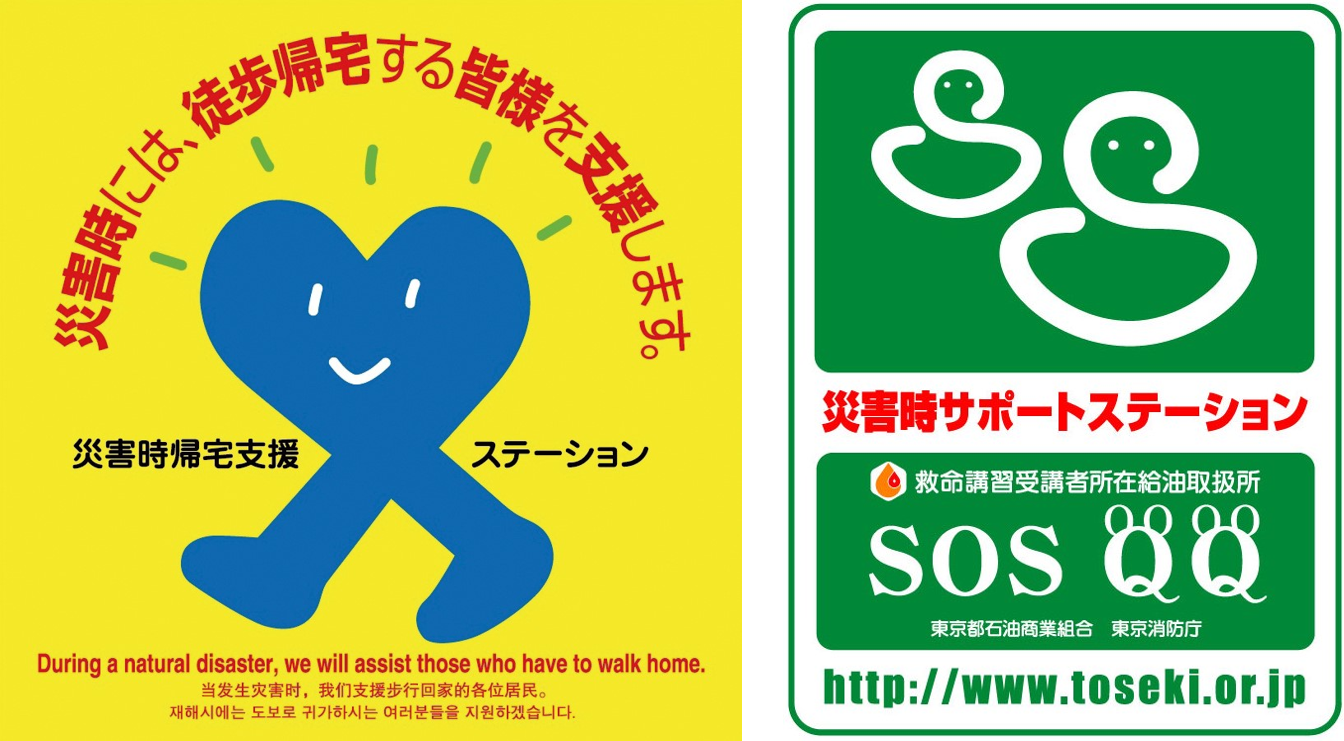
-
Money that those who have suffered a serious disability as a result of a disaster can receive.
-
Money that those whose family members have died or gone missing as a result of a disaster can receive.
For details, check with your local city office. -
A system that lends money to those whose homes were damaged in a disaster, to go towards repair and rebuilding costs.
■Disaster Reconstruction Housing Loan (Japan Housing Finance Agency)
For details, check with the Japan Housing Finance Agency.https://www.jhf.go.jp/loan/yushi/info/saigai.html(Japanese only)
-
Money gifted by individuals, companies and national or local government bodies to victims of disaster.
The amount and conditions for receipt may vary depending on the source. -
A card that shows that a foreign national has a visa to stay in Japan for longer than three months.
-
When a person dies somewhere other than a hospital, this document shows that a doctor called by the police has inspected the body.
-
A document that shows that a doctor has confirmed the death of a person who died in a hospital.
-
A document that shows that a car or motorcycle has passed required safety standards.
-
A large, rapidly moving wave that may come after an earthquake.
Multiple tsunamis can strike one after another, so until Tsunami Warnings and Advisories have ended, stay away from rivers and the sea. -
Food that conforms to Islamic law. Pork, alcohol and other items are forbidden.
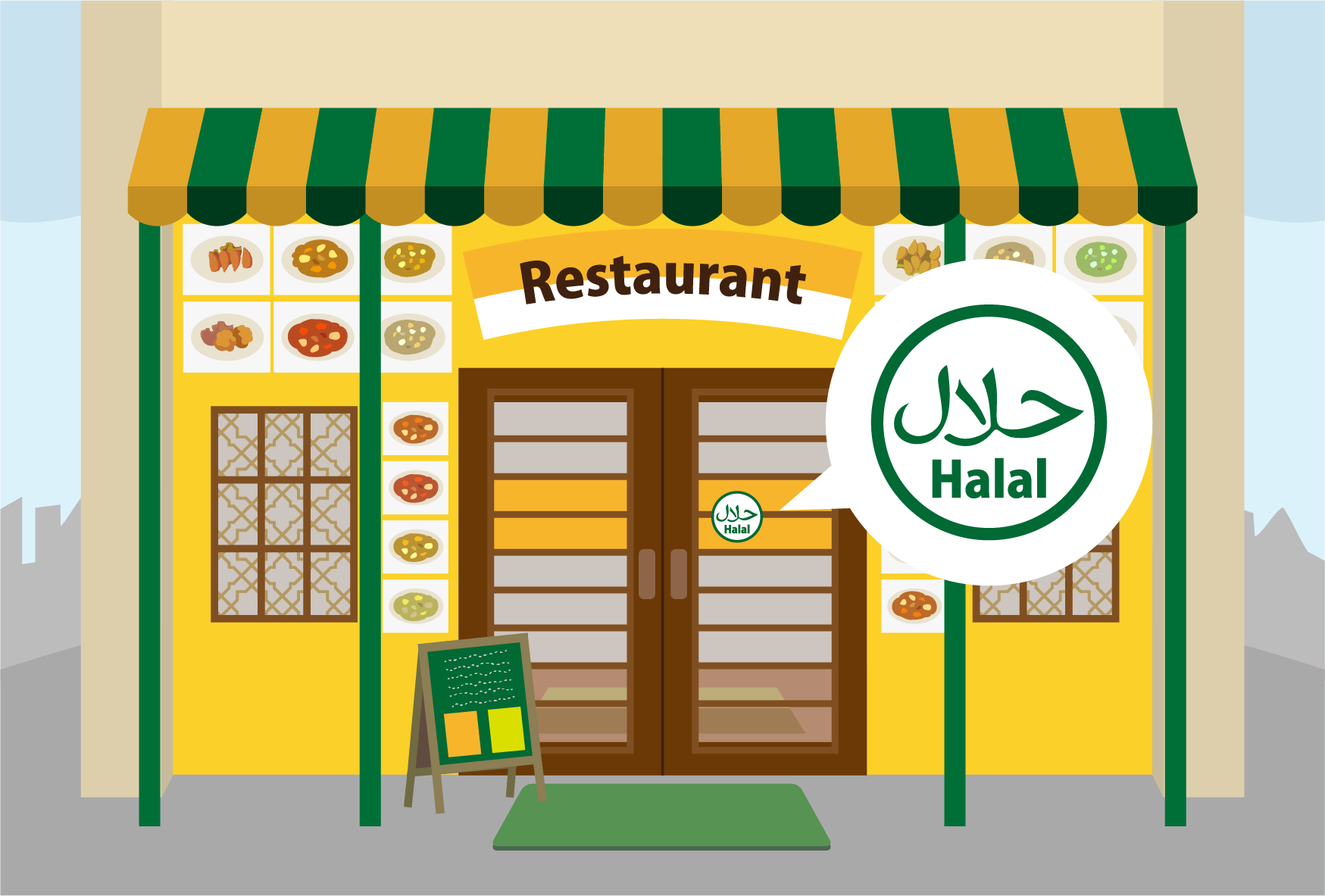
-
Money that those whose homes were damaged by a disaster can receive.
Ask the city office for details. -
Places where people can stay if they cannot live in their homes because of a disaster.
Evacuation Centers may be set up before a disaster, such as a typhoon or heavy rainfall.
They will have food, blankets and other items for everyday life prepared.
They are often set up in schools and community centers.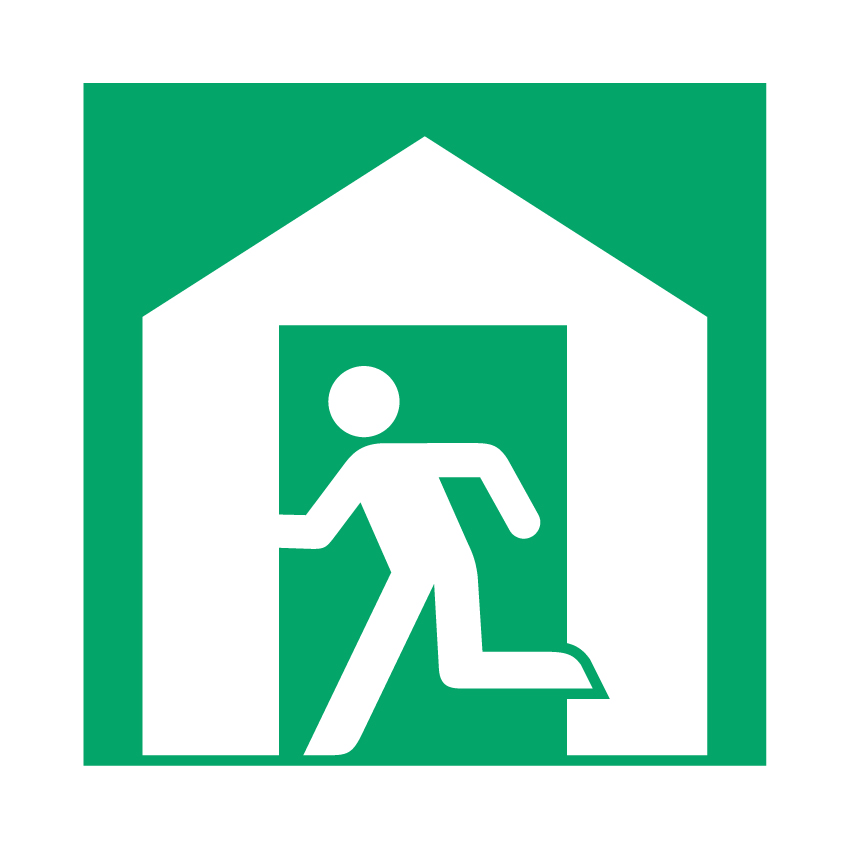
-
Where people flee to immediately after a major earthquake.
Food and water may not be available, and there is no accommodation.
They are usually large parks or sports grounds.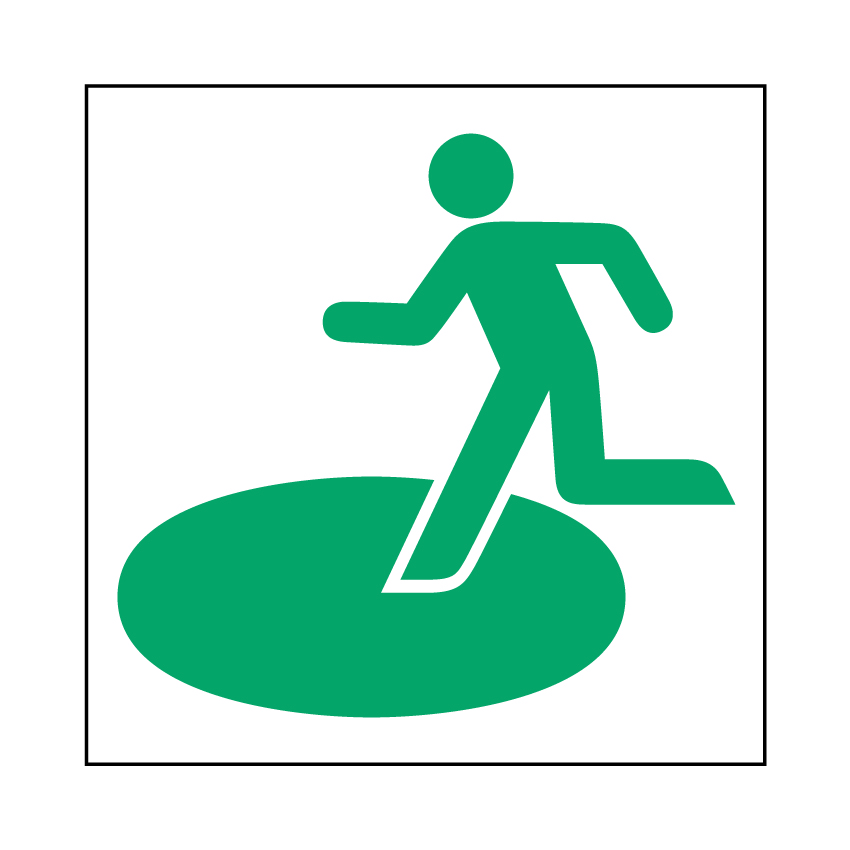
-
Evacuation Centers that can offer additional help to those who may need it (the elderly, people with disabilities, pregnant women and people with babies).
It is common for them to be set up a little while after a major disaster. Those who need additional help can stay at a local Evacuation Center until a Welfare Evacuation Center is set up. -
A document that is required when storing remains of a deceased person in a grave, etc.
It is common for a Cremation Permit to be stamped after the cremation and used as a Burial Permit. -
A passport, residence card, driver's license, health insurance card, employee ID, student card, Individual Number Card (My Number card), etc.
-
An earthquake that follows a major earthquake.
Multiple aftershocks may strike, so it is important to be cautious following a major earthquake. -
A document that shows the extent of the damage to a home.
Damage is divided into classifications including Total Destruction (50% or more destroyed), Significant Partial Destruction (40% to under 50% destroyed), Moderate-scale Partial Destruction (30% to under 40% destroyed), Partial Destruction (20% to under 30% destroyed), Semi Partial Destruction (10% to under 20% destroyed) and Partially Damaged (less than 10% destroyed).
A Disaster Victim Certificate is produced after an inspector from the local government has checked the damage to the home.
Please see 9-2 for details.★★Financial support available in the event of a disaster★★
Issue / Concern
Available support
Where to inquire
Personal harm
Family member died
・Disaster Condolence Money
(Max ¥5 mil.)City office
Developed a disability
・Disaster Disability Compensation
(Max ¥2.5 mil.)City office
Damage to homes
Home damaged
・Support fund for disaster victims to rebuild their lives
(Basic support: Max ¥1 mil.)City office
・Private insurance, etc.
Insurance company
Harm to Livelihood
Made redundant through company insolvency
・System for Reimbursement of Unpaid Wages
Labor Standards Inspection Office
Company survived, but made redundant
・Unemployment benefits
Hello Work
Money troubles
Debt
・Disaster Loan Reduction and Exemption System
Bar Association
Needing a loan
・Disaster Relief Fund
City office
・Welfare Fund
Local Council of Social Welfare
Housing problems
Home repairs
・Emergency Repair (Max approx. ¥700,000)
・Support fund for disaster victims to rebuild their lives (Additional support: Max ¥1 mil.)
City office
・Disaster Restoration Housing Loan
Japan Housing Finance Agency
Buying/building a new house
・Support fund for disaster victims to rebuild their lives
(Additional support: Max ¥2 mil.)City office
・Disaster Restoration Housing Loan
Japan Housing Finance Agency
Renting a home
・Support fund for disaster victims to rebuild their lives (Additional support: Max ¥500,000) )
City office
※Source: Japan Federation of Bar Associations "Note on support funds for disaster victims to rebuild their lives" (Revised June 24th 2024)
Monetary values may change from those quoted.For details, see the following page.
■Note on support funds for disaster victims to rebuild their lives(Japan Federation of Bar Associations)https://www.nichibenren.or.jp/jfba_info/publication/pamphlet/saiken_note.html(Japanese only)
For further information, check the following page.
■Systems for Disaster Relief (Cabinet Office Japan - Disaster Management in Japan website)https://www.bousai.go.jp/taisaku/hisaisyagyousei/seido.html (Japanese only)
